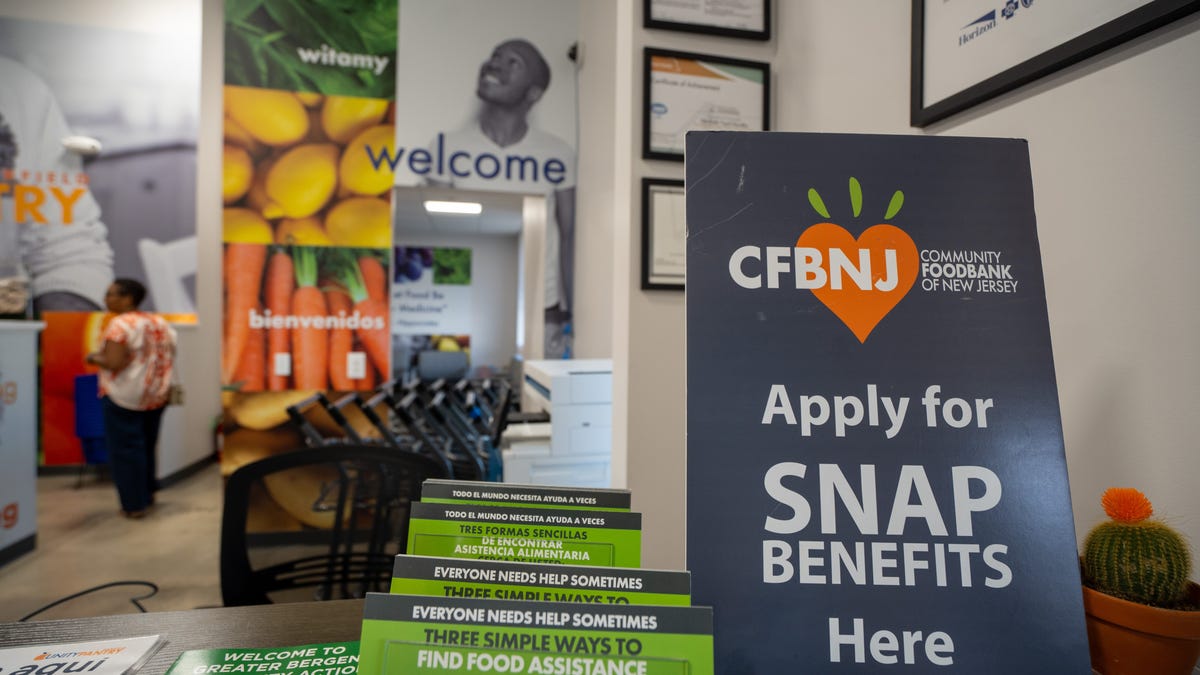This is what to know about Social Security payments during the ongoing government shutdown.
Americans who rely on the Supplemental Nutrition Assistance Program (SNAP) to buy food may be affected as soon as November if the ongoing government shutdown continues.
In a letter to state agencies dated Oct. 10, the U.S. Department of Agriculture (USDA) said there will not be enough funding to pay the entirety of November SNAP benefits if the shutdown continues.
“If the current lapse in appropriations continues, there will be insufficient funds to pay full November SNAP benefits for approximately 42 million individuals across the Nation,” reads the letter, which was signed by SNAP development director Sasha Gersten-Paal and provided to USA TODAY by the North Carolina Department of Health and Human Services (NCDHHS).
Some government agencies effectively shut down beginning Oct. 1 after congressional leaders failed to agree on federal funding allocations for the 2026 fiscal year. Without an end in sight, the shutdown appears slated to continue further into October. The longest government shutdown lasted 35 days between December 2018 and January 2019.
Here’s what to know about SNAP benefits during the shutdown.
States brace for possible SNAP benefit shortage in November
State health officials across the country, including in North Carolina, Wisconsin and Minnesota, have begun warning recipients of the possible lack of funds for November.
Normally, states send data about eligible households’ SNAP benefits to its Electronic Benefits Transfer (EBT) vendor each month. But the USDA is directing states to pause on sending that information “until further notice,” the agency’s letter reads.
The USDA said its Food and Nutrition Service has begun gathering information for a potential contingency plan regarding SNAP benefit operations, should the shutdown continue.
In the meantime, state officials are still grappling with what an extended shutdown would mean for SNAP recipients in their state.
“We are working to get a better understanding of exactly what that disruption will mean for North Carolina,” NCDHHS said in a statement to USA TODAY.
USA TODAY has reached out to USDA for more information.
What happens to SNAP during a government shutdown?
Programs like SNAP rely on cooperation between states and the federal government, which, during a shutdown, may not have the personnel or funds to keep things moving.
SNAP benefits are allocated the month prior, meaning October payments were not impacted. However, without regular funding available for November, it remains uncertain if all benefits will be paid.
According to the USDA’s government shutdown contingency plan, the department has multiyear contingency funds meant for administrative expenses and/or to pay participant benefits directly. It is unclear how much money is currently available in that reserve.
If the shutdown lasts beyond October, it could exhaust the USDA’s contingency plan, and the Trump administration could decide whether to tap into the multiyear fund, according to the Committee for a Responsible Federal Budget and the Food Research & Action Center.
During the 2018-2019 shutdown, the USDA paid February benefits early, at the end of January, and Congress passed emergency funding to keep payments going out in March.
What is SNAP?
The Supplemental Nutrition Assistance Program, sometimes known as “food stamps,” is a U.S. federal program designed to help low-income individuals and families afford nutritious food.
It provides monthly benefits via an Electronic Benefits Transfer (EBT) card, which works like a debit card that can be used to buy groceries at authorized retailers, including supermarkets and convenience stores.
In 2024, SNAP was used by a monthly average of 41.7 million people, or about 12.3% of the U.S. population, according to the U.S. Department of Agriculture (USDA).
Melina Khan is a national trending reporter for USA TODAY. She can be reached at melina.khan@usatoday.com.
